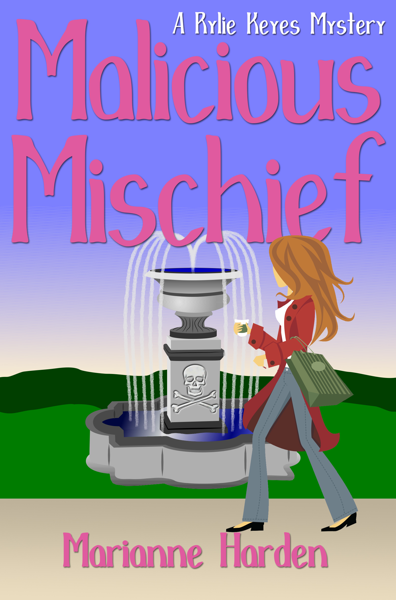Chapter four of The Anatomy of Motive by John Douglas and Mark Olshaker is called Name Your Poison. It covers cases that may look like product tampering but involve different types of offenders with different motives. Why am I cover this, you ask? To help create more believable antagonists. If your bad guy isn't believable, it doesn't matter how awesome your plot or how lovable your protagonist, the reader won't like the book. Can't have that. Let's get started.
Product tampering is basically a poisoning. The evil queen used it on Snow White's pretty red apple. The Tylenol poisonings in Chicago killed through over-the-counter pain meds. That case also brought about the pamper-proof packaging we all curse when we're desperate for the pills but can't get the bottle opened. This is the case Douglas profiles in the book, and I'll share it with you today so you can use it if you need a poisoner antagonist.
 (These capsules are courtesy of freedigitalphotos.net)
(These capsules are courtesy of freedigitalphotos.net)
Poisoning is all about killing from a distance. It's the act of a coward, someone who can't face their victim but feels great anger. Usually a poisoner experiences bouts of severe depression and despair. "He'd feel inadequate, helpless, hopeless, and impotent, but at the same time he'd be convinced that he was always being unfairly maligned by those around him or by society in general. There would be a long list of personal failures throughout his life, and these would include education, employment, social experiences, and relationships with women of his own age and intelligence level." He may have a physical ailment or disability. For an occupation, this poisoner would lean toward positions of authority like security guard, ambulance driver, or firefighter. He may join the military, but he'd probably get booted on discipline charges. He would not be able to pass the test to enter a police academy, but he'd love to be a cop. Whatever he does, he'd have a hard time holding onto whatever job he could find. He's a nocturnal loner who suffered a significant loss right before he started right before he began killing: loss of job, spouse, girlfriend.
This killer will revisit his crimes, maybe even the graves of his victims. He'll follow the story in the newspapers and on-line with great interest. He loves seeing his handiwork, and even more, he loves seeing law enforcement scramble to figure it out. Because he seeks strength and power but doesn't possess them, he'll compensate in other areas. For example, he'll drive a large older model car that resembles a police vehicle. As he's not very organized or efficient, he'd seek targets within his comfort zone.
He'll also be extremely curious about the results of his product tampering. He'll talk to other people in bars, drug store clerks, even police officers, looking for information. His ego has been given a significant boost, and he loves it. He may even keep a scrapbook or a journal. Police should use the media to appeal this guy. By profiling the victims of the crime, it's possible the poisoner will identify with his victims as humans instead of objects and develop a sense of guilt or remorse. If the medial publishes the burial sites of victims, police can surveil those sites as there'd be a good chance the poisoner would show up to apologize to his victim and claim it was all an accident. It's also likely the poisoner would show up at a nighttime vigil for the victims.
The motive for poisonings/product tampering is usually revenge or extortion. Revenge against the society that treated him poorly, revenge against an employer who fired him, revenge against the mindless civilians who allow these types of atrocities to continue. When it's extortion, the poisoner kills a few people then sends a letter to the manufacturer, or the government, or someone else with deep pockets and demands payment or more people will die.
Douglas wraps up this section of the chapter with a note that no one was ever convicted of the Chicago Tylenol tampering crimes, although they had a strong suspect. They just couldn't prove it was him. That's disheartening if you're a justice junkie like me, but it's good news if you want your antagonist to escape at the end of the book. It's believable because it happens in real life. I'll continue this discussion in my next post.
-Sonja







